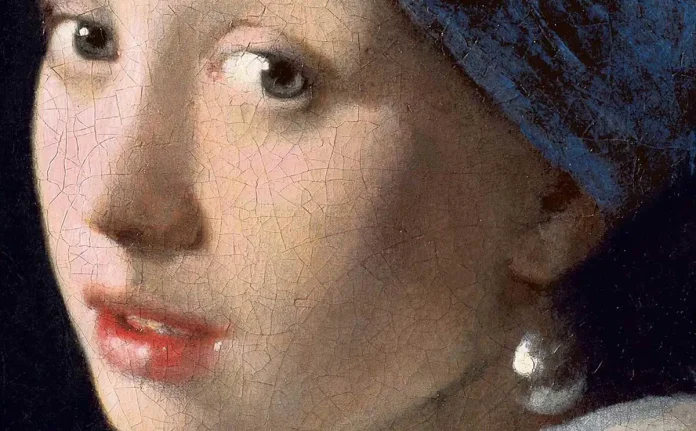A neurological study conducted in the Netherlands has found that real works of art in a museum stimulate the brain 10 times more than viewing reproductions.
The independent study, commissioned by the Mauritshuis Museum in The Hague, which houses Johannes Vermeer’s “Girl with a Pearl Earring,” used eye-tracking technology and magnetic resonance imaging to record the brain activity of volunteers viewing authentic works of art and their reproductions.
The scientists found that 20 volunteers had 10 times stronger reactions when they looked at the first ones. Martine Gosselink, director of the Mauritshuis, said on Wednesday:
“A factor of 10 is an enormous difference, and this is what happens when you look at a reproduction compared to a real work. You become [mentally] richer when you see things, whether you are conscious of it or not, because you make connections in your brain.”
Gosselink said she was convinced of the power of the real thing even before the study, but wanted her speculation to be formally investigated.
“We all feel the difference – but is it measurable, is it real?” she said she had asked her colleagues a year ago. “Now, today we can really say that it is true.”
Martin de Munnik, co-founder of the Neuropsychology Research Institute, which conducted the study with other neuroscientists, said the study had two elements.
Effects of art on brain function
Volunteers aged between 21 and 65 were hooked up to an electroencephalogram (EEG) brain scanner and eye-tracking equipment and asked to look at five paintings in a museum, as well as posters depicting them in a museum shop.
The researchers also examined the effects of images of the actual works versus reproductions that flashed on the volunteers’ glasses in the University of Amsterdam’s functional magnetic resonance imaging machine. They said:
“If you want to know what people think, it is better to measure it than to ask them. The results were extraordinary.”
According to the researchers, real works of art elicited a strong positive response in the precuneus – the part of the brain associated with consciousness, self-reflection and personal memories. For example, Gerrit van Honthorst’s “The Violin Player” elicited a positive stimulus “approachability” score of 0.41 out of 1 in real life, but only 0.05 in poster form.
The magic of the painting “Girl with a Pearl Earring”
The study also analysed “Girl with a Pearl Earring.” The popular artwork attracted the most overall attention and drew the eye to what the researchers called the “sustained attention loop” – the triangle between the girl’s highlighted eyes, mouth and pearl earring.
The viewer’s gaze is automatically drawn first to the girl’s eye, then to her lips, to the pearl and back to the eye – and the cycle repeats. As a result, the person looks at the painting longer than at other paintings. The greatest stimulation when viewing a painting is to the precuneus – the part of the brain responsible for consciousness and personal identity.
This study was the first of its kind to use EEG brain scans to track reactions to an artwork. The scientists also compared reactions to an original painting and a reproduction. It turned out that the brain response was 10 times stronger when viewing the original painting.
In his works, Vermeer often focused on one thing, from which the surrounding details became more blurred. In the painting “Girl with a Pearl Earring” there are three such accents (eyes, mouth and pearl), which distinguishes it from other works by the Dutch artist.
The scientists noted that it would be interesting to conduct similar studies with other paintings, in particular Leonardo da Vinci’s Mona Lisa.
